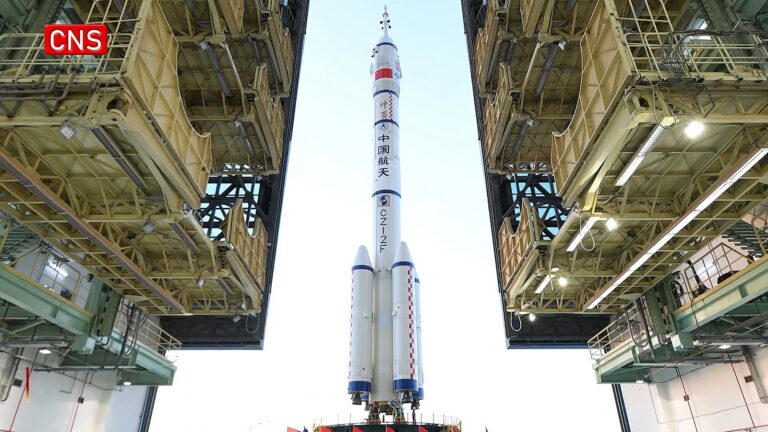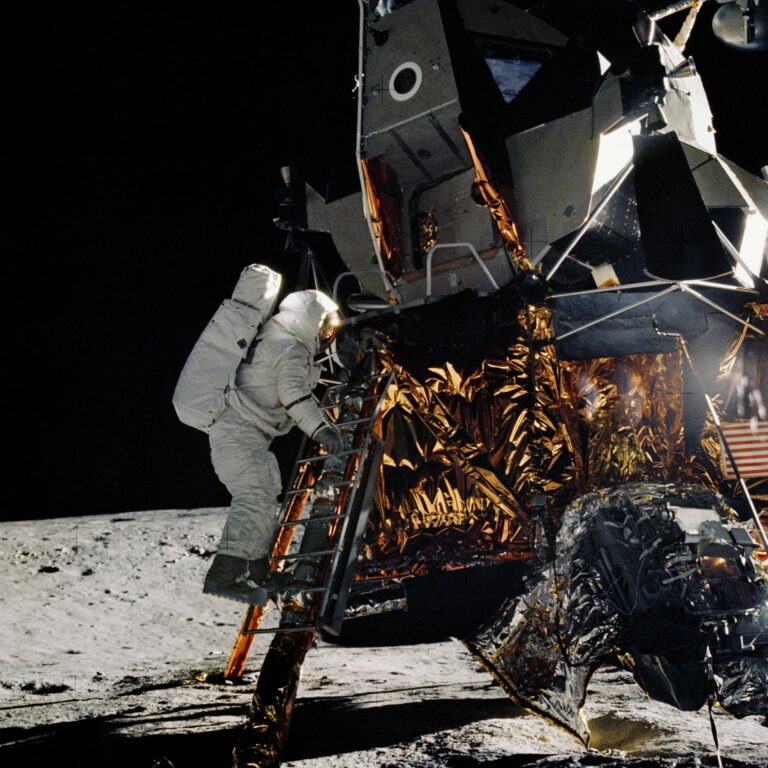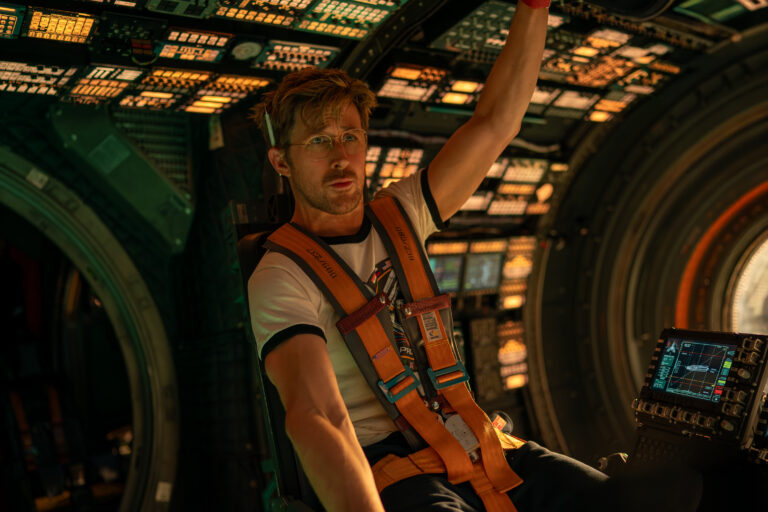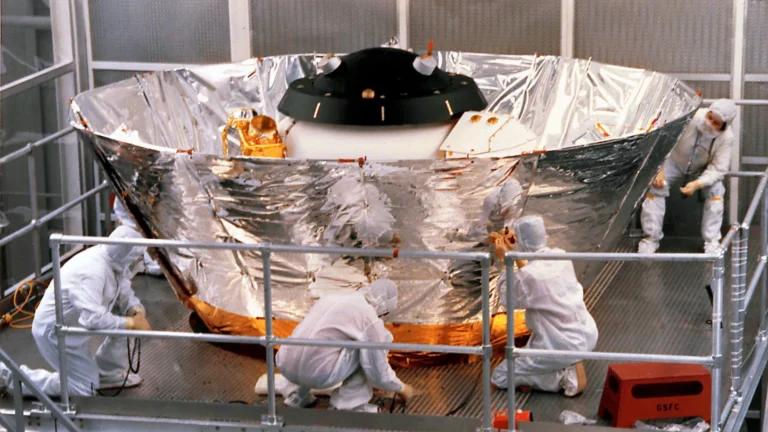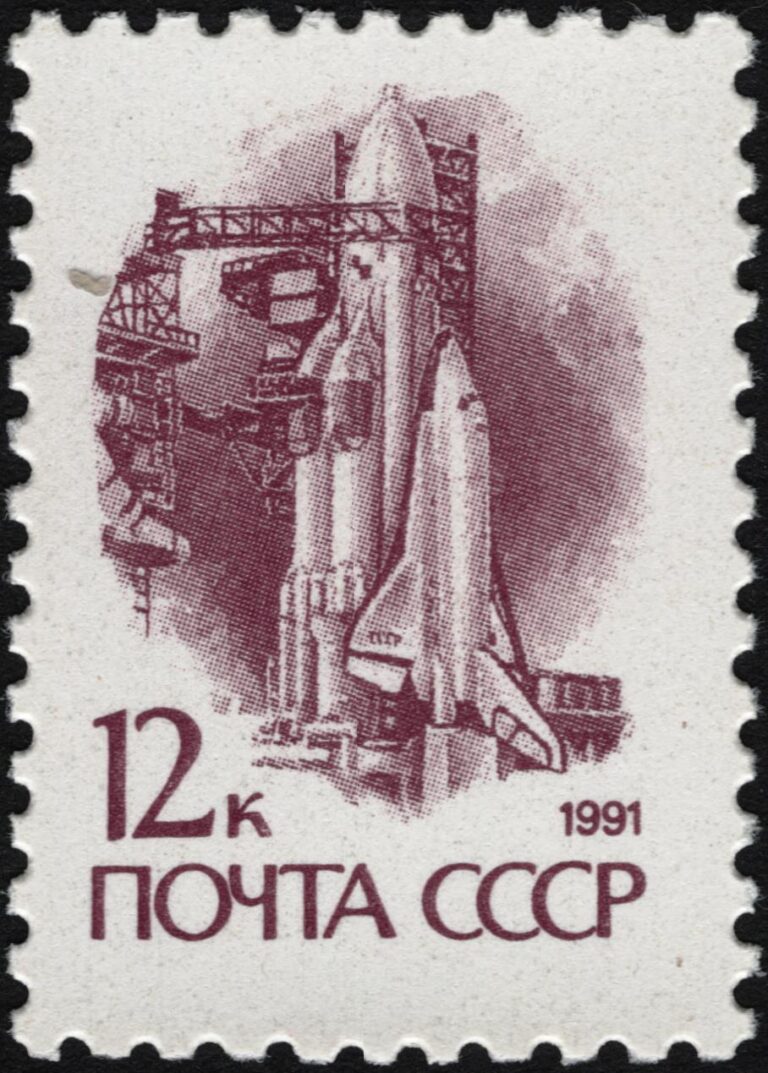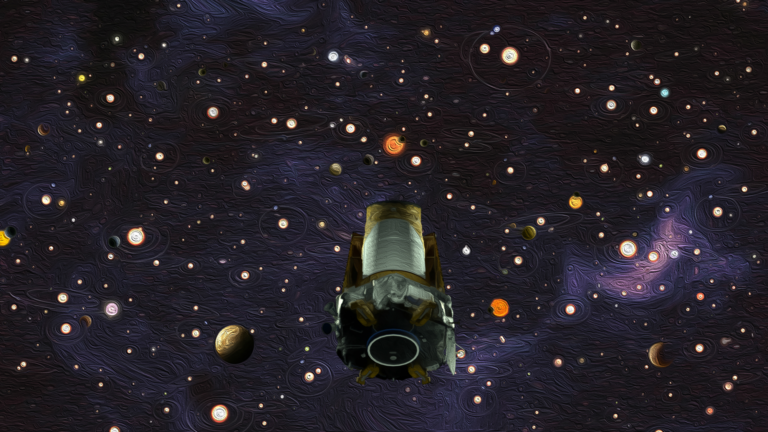Key Takeaways:
NASA’s Cassini mission is closing one chapter of its journey at Saturn and embarking on a new one with a 2-year mission that will address new questions and bring it closer to two of its most intriguing targets — Titan and Enceladus.
Today, Cassini completes its 4-year prime mission and begins its extended mission, which was approved in April of this year.
Among other things, Cassini revealed the Earth-like world of Saturn’s moon Titan and showed the potential habitability of another moon, Enceladus. These two worlds are primary targets in the 2-year extended mission, dubbed the Cassini Equinox Mission. This time period also will allow for monitoring seasonal effects on Titan and Saturn, exploring new places within Saturn’s magnetosphere, and observing the unique ring geometry of the Saturn equinox in August of 2009, when sunlight will pass directly through the plane of the rings.
A new addition to the Cassini science team is Bob Pappalardo who will step into the role of Cassini Project Scientist in July, taking over for Dennis Matson, a multi-year veteran on the project who will be working on future flagship mission studies to the outer solar system. “I am honored and humbled to be able to work with such a scientifically rich mission, and with the outstanding scientists and engineers who are the backbone of Cassini,” says Pappalardo.




